
Patios, Walkways & Driveways
We unite suppliers and green industry professionals worldwide
Bamboo is grown in various regions of the world and is a sustainable alternative to wood. One of the fastest-growing plants on Earth, some species of bamboo can grow up to 39.37 inches per day. People like it because it is incredibly strong, flexible, and
By Mariam Scott
|Published on September 15, 2025


Bamboo is grown in various regions of the world and is a sustainable alternative to wood. One of the fastest-growing plants on Earth, some species of bamboo can grow up to 39.37 inches per day. There are some types of bamboo that can grow up to 1,181.1 inches in as little as three months. People like it because it is incredibly strong, flexible, and useful in all sorts of ways.
It’s used to make houses, furniture, and to form tools and cook food. Bamboo is also an environmentally friendly product, combating soil erosion and creating ecosystems for insects and other animals. Because it’s fast-growing and renewable, it’s an environmentally friendly plant, and has been valued by cultures worldwide for many centuries.
| Scientific name | Bambusa vulgaris |
| Common Name | Bamboo |
| Family | Poaceae (grass family) |
| Species | Over 1,400 species |
| Stems | Jointed stems called culms |
| Leaves | Grow along the stems |
| Flowering | Rare and irregular |

September 18, 2025
10 minute read
September 17, 2025
9 minute read
September 17, 2025
20 minute read
September 17, 2025
20 minute read


Join as a seller and connect with thousands of B2B buyers nationwide!
Sign Up
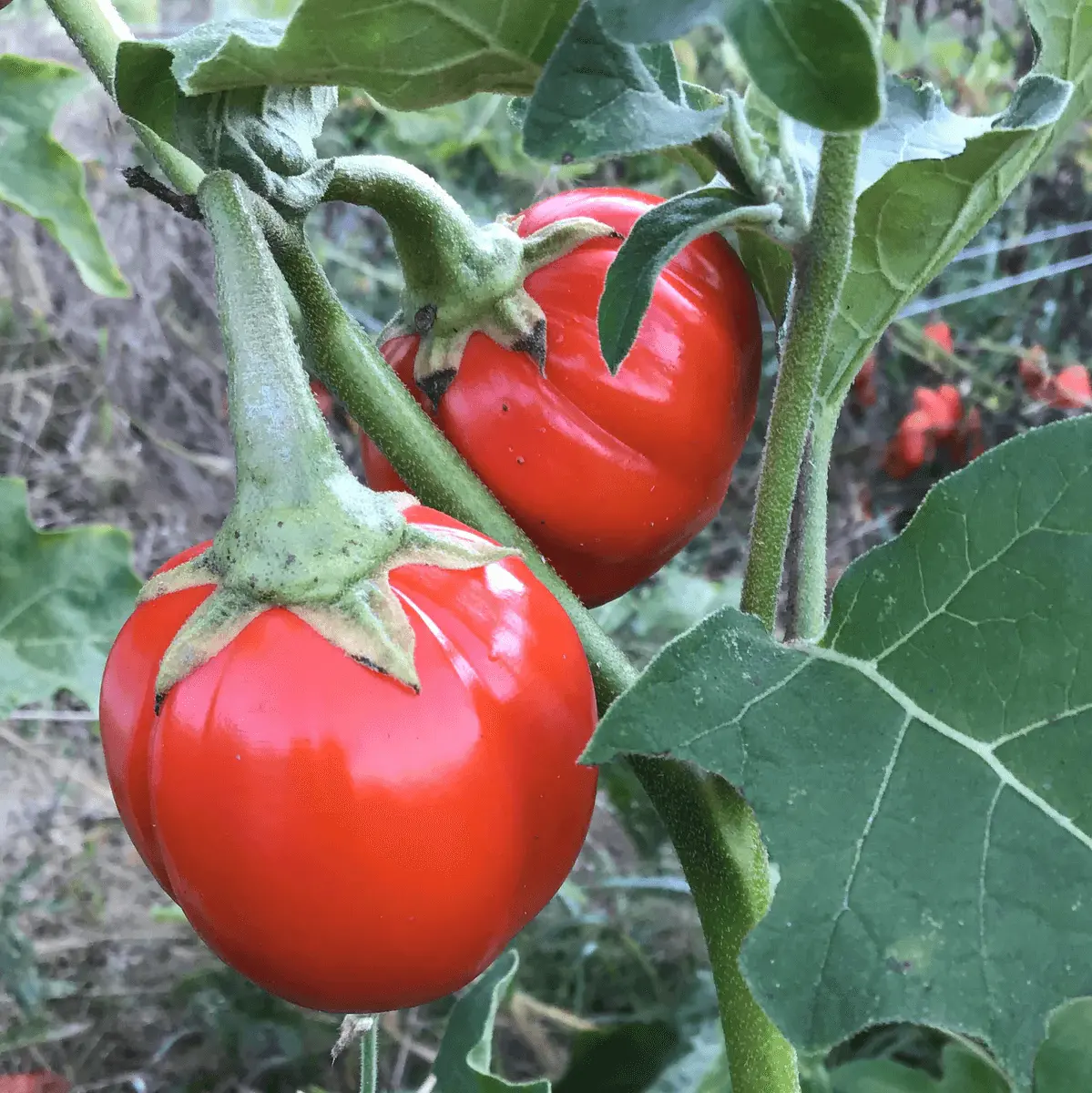
African Eggplant
The African eggplant (also known as garden egg, or Solanum aethiopicum) is a beautiful and nutritious plant that does very well in hot tropical places like parts of Africa and Asia. It bears small, round fruit that is red or orange when ripe but can also
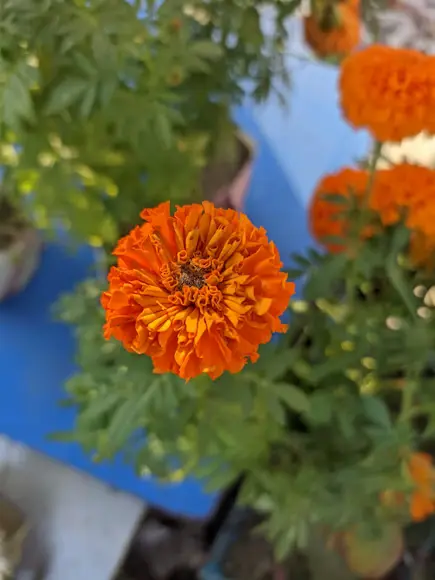
African Marigold
The African Marigold is a strong flower that is prevalent in many warm places around the globe. It is known for its big yellow, orange, or gold flowers, which are useful for gardens, borders, and cut flowers.
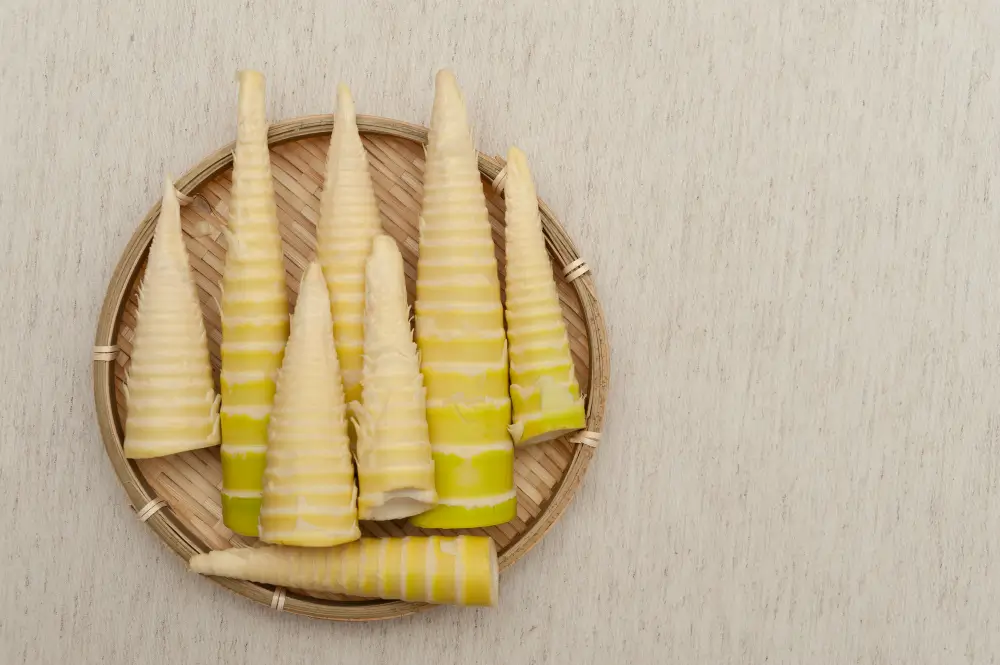
Bamboo shoots
Young edible stems of the bamboo plant, known as bamboo shoots, are famous in many cultures due to their culinary value and also ecological benefits. They have become not only an essential part of Asian food, but they are a vital source of construction, c
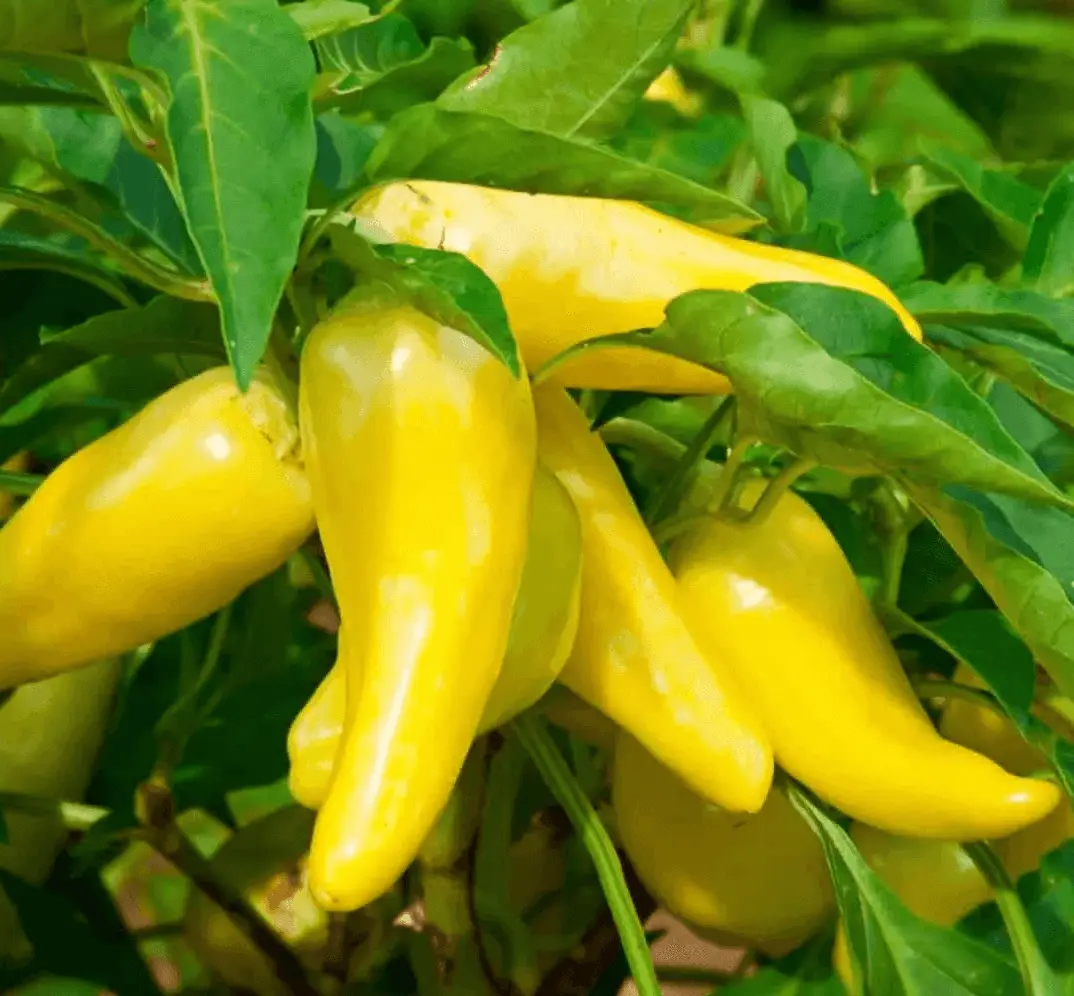
Banana Pepper
Banana pepper is a popular pepper among chilli growers and vegetable gardeners and is widely consumed. People adore them for their mild, tangy flavor that adds some zing to a dish without bringing the heat.
Bamboo has been used by humans for thousands of years. In many Asian cultures, it is a symbol of strength, flexibility, and resilience. People use it for everything from building homes to making musical instruments. Young bamboo shoots are also edible and nutritious. Its traditional use continues even in modern times due to its practicality.
In some parts of the world, bamboo shoots are also eaten (cooked) as vegetables alone, as in the following examples. Bamboo also plays a role in arts and crafts, and is an important ingredient of religious rituals. Its inclusion in the daily fete is evidence enough of its cultural importance. They treasure it as a plant, yes, but also as a life-affirming symbol of nature.
Bamboo is not a tree, despite appearances. In fact, it is a grass, which is why it grows so quickly. Unlike trees, you can cut down bamboo without killing the plant. The stems are hollow, pliant and very tough. This makes it different from other plants which are used for construction or food.
Bamboo is one of the most fascinating plants in the world. Some species can grow up to 39.37 inches in a single day, making it the fastest-growing plant on Earth. Although it looks like a tree, bamboo is actually a type of grass. Certain species live for decades and may only flower once in 50–100 years, producing seeds very rarely.
Bamboo isn’t just for construction, furniture, and food: it also contributes to preventing soil erosion and provides shelter for many kinds of animals and insects, not to mention that it’s sustainable and eco-friendly. In multiple ways and in numerous cultures, the bamboo is the icon of potency, flexibility, or resilience.
Bamboo is either of clump or running varieties. Its stems grow up to a few centimeters or as much as over 1,181.1 inches. The plant is a vigorous spreader of underground rhizomes. Bamboo is hardy and can grow in a variety of soils and climates.
Bamboo is also eaten and can be used for construction, furniture, crafts, and medicine. Tender growth is edible and is rich with nutrients. The mature stems are for houses, fences, and furniture. It is also applied in papers, textiles and floors. The fact that it can be used for so many different things has given it value across the globe.
Bamboo is easy to cultivate in tropical and subtropical or temperate areas. It enjoys well-drained soil and lots of sun. Some grow well in cooler environments, while others require warmth. Watering is critical, especially with young vines. Bamboo will grow well in partial shade as well.
Bamboo seeds require warm, moist soil in order to sprout. They like shallow planting and should be kept damp. Germination usually takes 2–4 weeks. With a good light source and adequate care, seedling survival is enhanced.
Bamboo seed is very short-lived and best sown fresh. They are typically viable for several months. Strong seeds produce vigorous seedlings. Slightly increased viability may be achieved by careful storage in a cold and dry location.
Propagating bamboo is typically done by seed, cuttings, or division of rhizomes. The seeds are sown in food-rich moist soil. Shoots and rhizomes develop to greater length than seeds in a number of genera. Proper spacing ensures healthy growth.
Young bamboo plants need support and regular watering. They should be spaced according to species type—clumping or running. Fertilizer encourages growth in poor soils. Mulching helps retain moisture and reduce weeds.
Bamboo is resistant to many environmental stresses. Pests and fungal diseases can occur in poor conditions. Proper soil, spacing, and maintenance prevent most issues. Healthy bamboo grows rapidly and strongly.
Young bamboo grows rapidly and can be harvested in 3–5 years depending on species. Shoots are harvested when tender for food. Mature stems are harvested for construction after several years. Regular harvesting encourages new growth.
Bamboo shoots are best used fresh or boiled. The mature stalks are used for building materials or in pulp and paper production. Appropriate storage is what keeps your shoots fresh and stems strong. Not only does bamboo easily break down for transport, but it is also lightweight.
Bamboo is a rapidly growing, adaptable plant that lends itself to a variety of uses. It’s durable, long-lasting, and carries cultural weight in almost every country.
From food to building material, bamboo has a lot to offer people. Well treated, it grows rapidly, and it can regenerate by itself, which is why it is among the most precious plants on the planet.
It is a type of grass, not a tree.
Some species grow up to about 39 inches per day under ideal conditions.
Yes, young shoots are edible and nutritious.
Usually 3–5 years for mature stems.

Patios, Walkways & Driveways
Victor Miller

Pest Identification & Prevention
Victor Miller
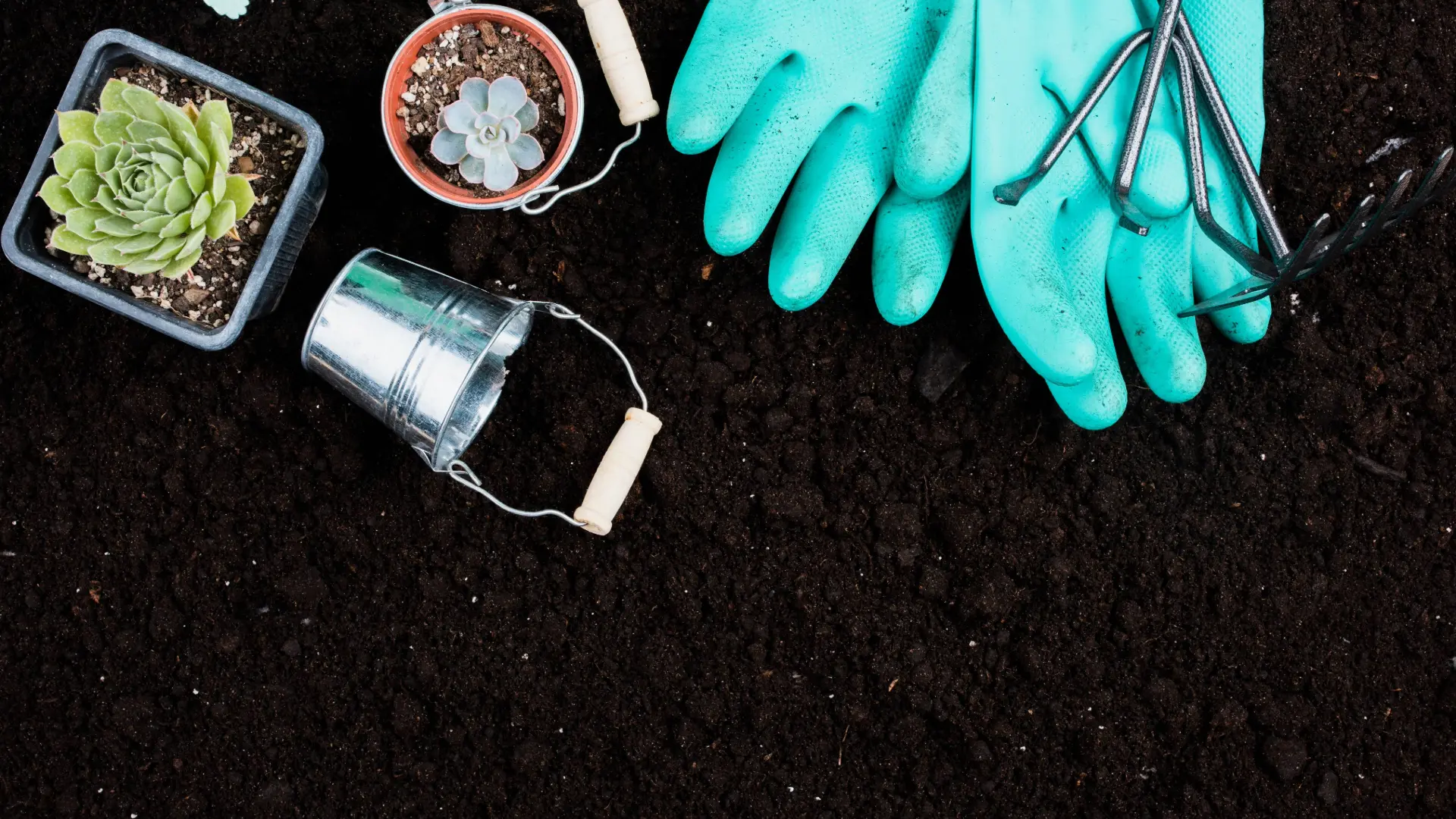
Soil Health & Fertilization
Gina Lazaarus
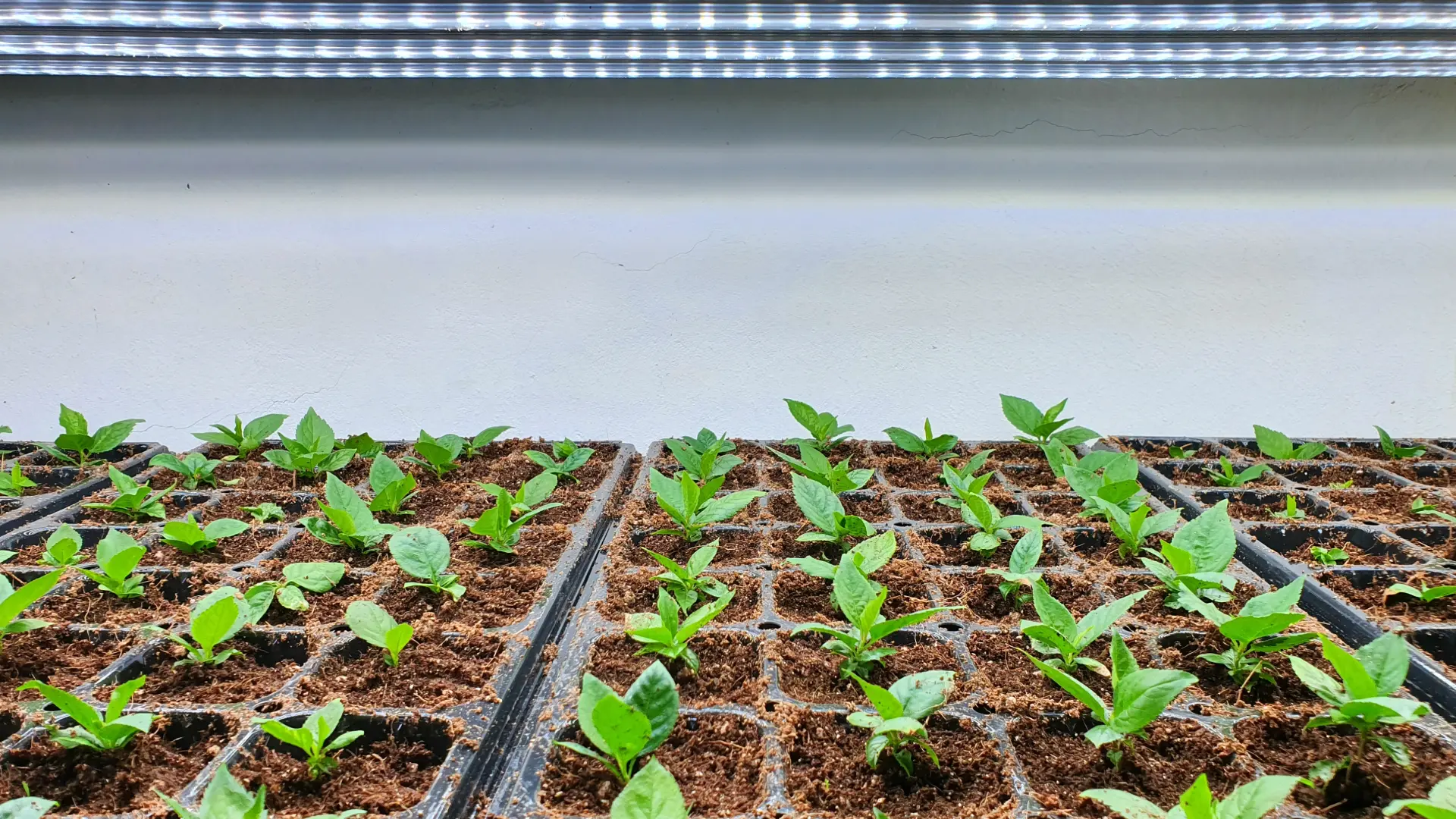
Lighting & Technique
Gina Lazaarus
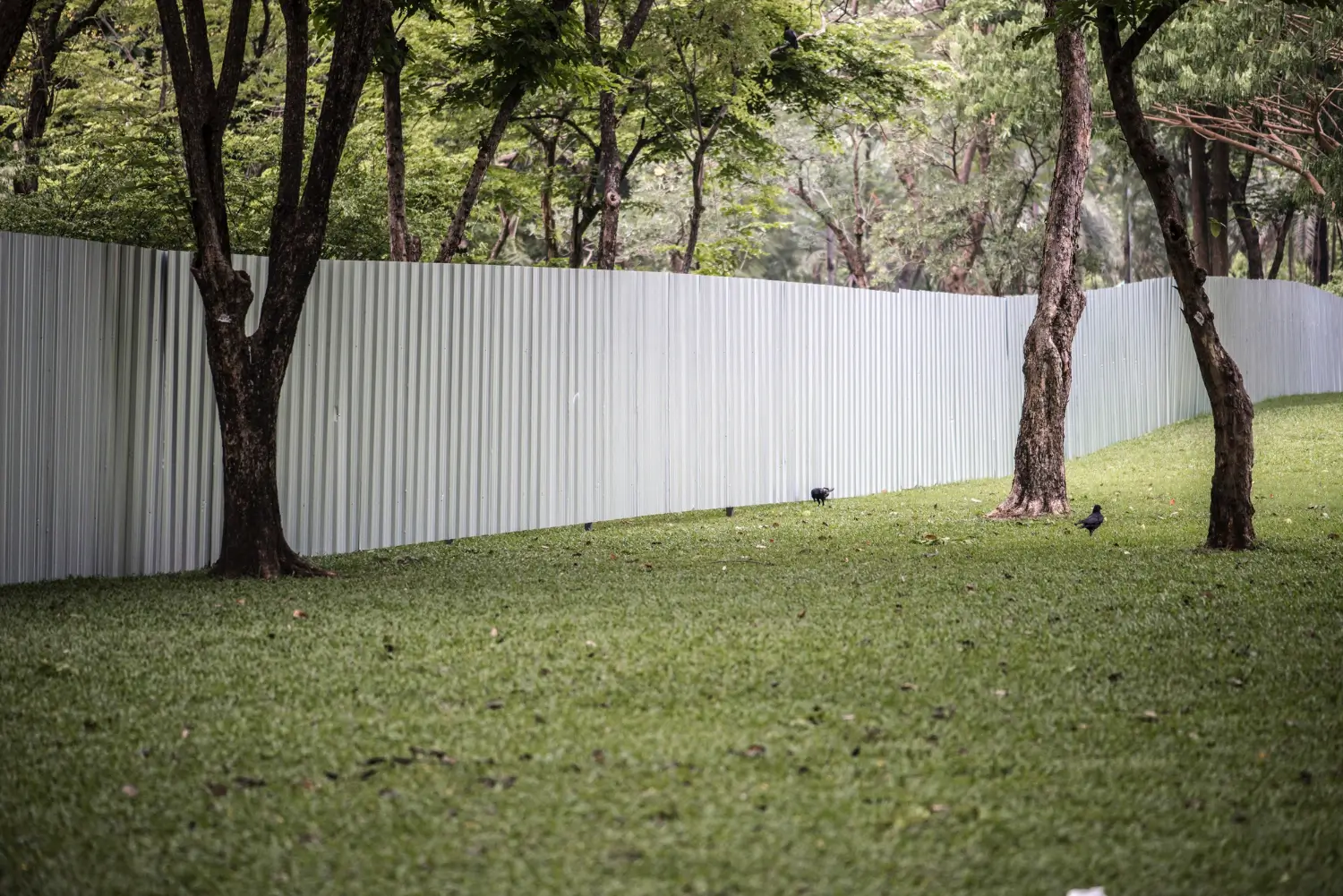
Construction Tips & Techniques
Victor Miller

Maintenance & Equipment Tips
Victor Miller

Soil Health & Fertilization
Victor Miller

Organic Gardening
Gina Lazaarus
My Account
Our team is always here to help.
We are open Monday - Friday, 9:00 AM to 4:30 PM PST.